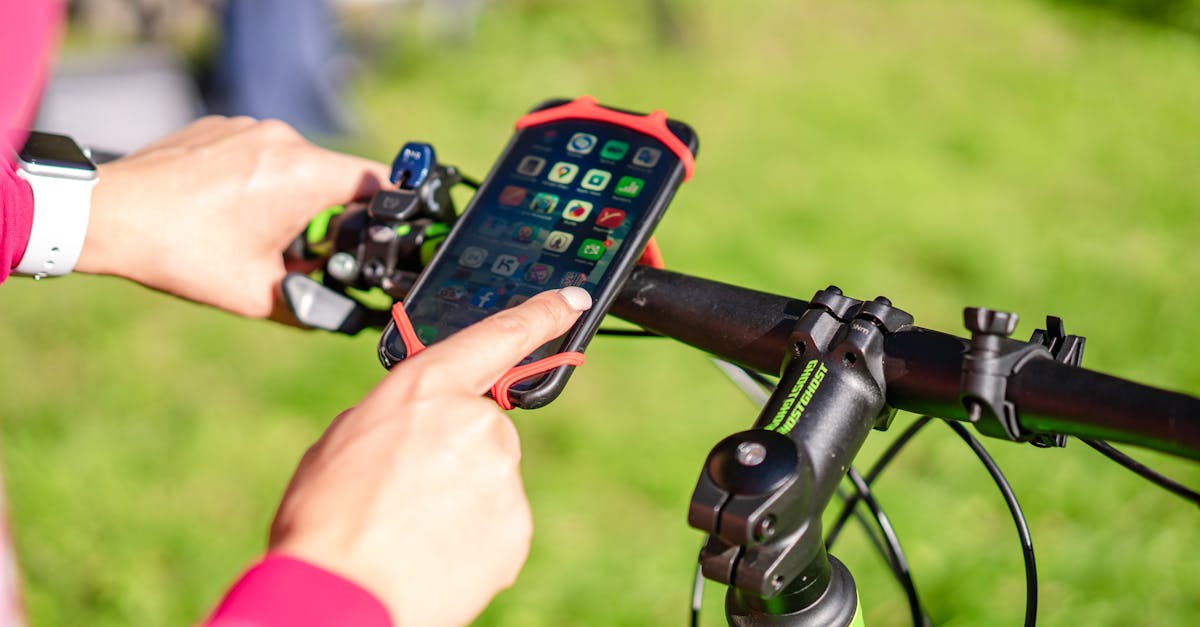Harnessing Mobility 2024: Transforming Transportation
Introduction
In the realm of modern transportation, possibilities are limitless as we step into 2024. The ways we navigate through cities and beyond are undergoing revolutionary transformations. At the forefront of this change is the concept of mobility, difficult yet exciting to harness. From self-driving cars to electric scooters, the spectrum of innovations promises to redefine our relationship with movement. But what drives this evolution toward smarter, cleaner, and more efficient transit? How are global mega-cities being reshaped as we adapt to these changes? In this article, we delve deep into the myriad aspects of harnessing mobility for a better tomorrow.
Advertisement
The Dawn of Autonomous Vehicles
Autonomous vehicles (AVs) are no longer speculative visions of science fiction. They are a reality in 2024, presenting a paradigm shift in ground transportation. AVs drastically reduce the need for human intervention, aiming to improve safety and efficiency on the roads. They utilize a network of sensors, GPS, and artificial intelligence to navigate and make decisions. Companies like Tesla, Waymo, and Uber have taken significant strides toward mass-producing vehicles that drive autonomously, transforming urban mobility landscapes. Despite these advancements, societal acceptance and infrastructure readiness remain significant challenges to full-scale deployment.
Advertisement
Electric Revolution: Sustainable Shifts
The move towards electrification represents a significant step in the global strategy for sustainable transportation. Electric vehicles (EVs) minimize reliance on fossil fuels, leading to reduced carbon emissions across the globe. In 2024, governments reinforced support through incentives and infrastructure expansion to encourage EV adoption. Major car manufacturers, from Nissan to Ford, have undeniably championed the electric shift. Additionally, the rise of e-scooters and bicycles offers urbanites convenient and eco-friendly alternatives. However, advancing battery technology, charging infrastructure, and affordability remain key areas demanding attention for exponential growth.
Advertisement
Urban Mobility: The Age of Micro-Transport
Micro-mobility solutions are being integrated into urban landscapes, addressing congestion issues and enhancing first-and-last-mile connectivity. Electric scooters, bicycles, and public bike-share programs offer sustainable transport options alongside traditional commuting. These compact solutions are perfect for short-distance travel, easing road congestion, and reducing emissions. Cities around the globe adapt by constructing dedicated lanes and introducing regulations to ensure safety and accessibility. Meanwhile, urban planners are faced with reimagining spaces to accommodate this evolving mobility scene, balancing the needs of commuters and drivers alike.
Advertisement
Integrating Technology and Mobility
The integration of technology has become indispensable in managing modern mobility systems. Cutting-edge applications allow real-time tracking, ride-sharing, and data-driven management of public transportation. Smart city initiatives employ data analytics and IoT (Internet of Things) technologies to enhance traffic flow and provide seamless transit experiences. Collaborative platforms like Moovit and Citymapper simplify multi-modal travel for users, merging public transport schedules with shared mobility solutions. Reflecting on 2024's advancements, technology catalyzes a trend toward connected, informed, and responsive urban mobility.
Advertisement
Robust and Diverse Public Transportation Systems
Public transportation remains the backbone of urban mobility, striving to meet the needs of growing urban populations. Effective and sustainable systems rely on comprehensive networks of buses, trains, and trams, supported by policies favoring public over private transit. In 2024, many cities invest in extending and modernizing public transport infrastructure. They also explore alternative fuel options and introduce accessibility improvements. These efforts promote inclusivity and affordability, encouraging a shift away from car ownership while addressing environmental objectives.
Advertisement
Addressing Challenges: Economic and Social Considerations
While the mobility revolution offers incredible potential, it poses substantial economic and social challenges. The transition raises concerns about potential job displacement in sectors reliant on traditional transport models. Additionally, the cost of innovation and infrastructure development demands collaborative investment between public and private sectors. Social equity issues also emerge, and it is essential to ensure that advancements in mobility are accessible to all demographic groups. Governing bodies must balance technological progress with the broader goal of fair and inclusive development.
Advertisement
Environmental Impacts and Opportunities
The transformation in transportation directly influences environmental outcomes worldwide. By embracing sustainable mobility solutions, cities can reduce urban air pollution and carbon footprints. Innovations such as electric and hydrogen powered-fleets and expanded green transportation facilities contribute significantly to mitigating climate change impacts. Additionally, car-sharing and micro-mobility can lead to reduced resource consumption and waste generation. Looking ahead, supporting sustainable mobility options through policy, education, and engagement can further the aim for greener urban living.
Advertisement
Future Outlook: Mobility in Metropolises
As urban landscapes continue to change, the potential for the future of mobility remains nothing short of extraordinary. Autonomous vehicles could reshape car ownership norms, while sustainable alternative transport solutions become synonymous with convenience and efficiency. Moreover, technology will continue to optimize routes and services within diversified transport networks. Collaborative efforts between governments, tech companies, and citizens will remain crucial to ensuring rapid modernization aligns with public interests. As we charter into uncharted territories, the vision of intelligent transportation becomes a tangible possibility.
Advertisement
Conclusion
As we reflect on the mobility revolution unfolding in 2024, it is clear we are navigating through transformative times. The journey towards a smarter, more integrated transport system has begun reshaping urban landscapes, industries, and lifestyles. Our commitment to embracing sustainable and inclusive advancements drives this exciting evolution. Navigating economic and social challenges thoughtfully will ensure that mobility progress is equitable and accessible. With technology and innovation as guiding beacons, the potential benefits of harnessing mobility for the future are both boundless and inspiring.
Advertisement

